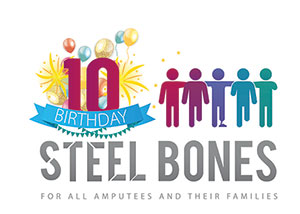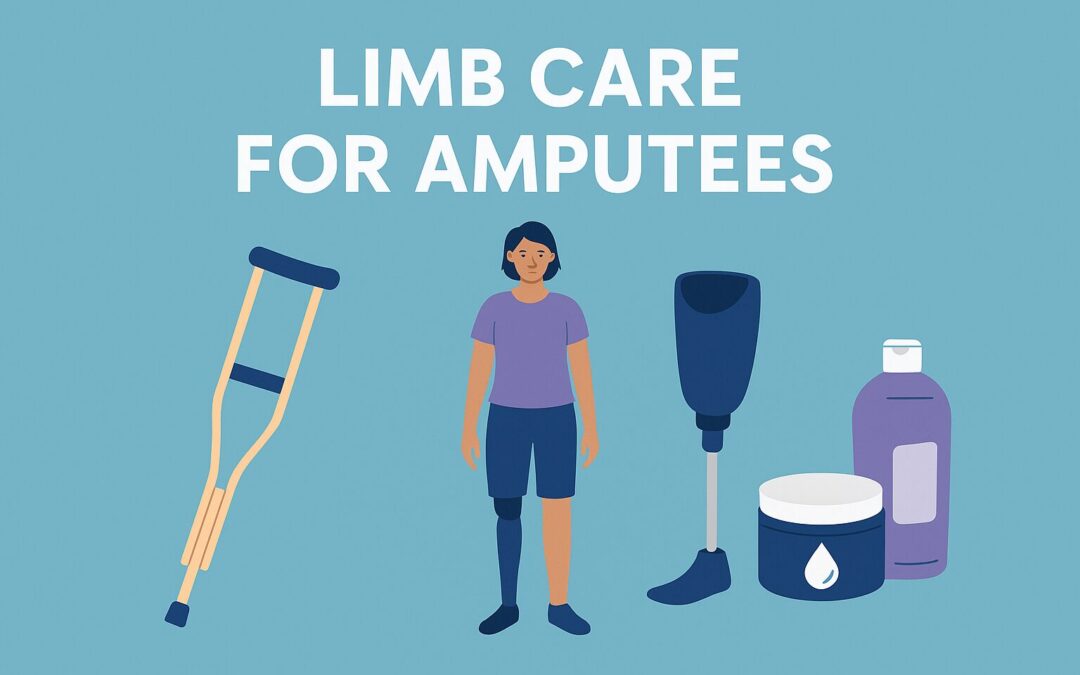Losing a limb is a life-changing event that requires significant adjustments, both physically and emotionally. One of the most important aspects of life after an amputation is learning how to care for the residual limb and any prosthetic device you may use. Proper limb care not only ensures comfort but also helps prevent complications such as skin irritation, infections, and pressure sores. Here are some essential tips to maintain limb health and improve your overall well-being.
Hygiene Is Key
Maintaining good hygiene is the cornerstone of limb care. Wash your residual limb daily with warm water and mild, fragrance-free soap. This helps remove sweat, dirt, and bacteria that can accumulate during the day. Rinse thoroughly and pat the area dry with a clean, soft towel. Avoid scrubbing or using harsh chemicals, as these can irritate the skin.
For those who wear prosthetics, it’s equally important to clean the prosthetic socket daily. Use a damp cloth with mild soap to wipe the interior and let it air dry completely before use. This helps prevent bacteria build-up and unpleasant odours.
Inspect Your Limb Daily
Regularly inspect your residual limb for any signs of redness, swelling, blisters, or sores. Use a mirror to check hard-to-see areas, or ask a caregiver or family member for assistance. Early detection of skin issues can prevent minor irritations from developing into serious infections. If you notice any persistent redness, pain, or unusual discharge, consult a healthcare professional promptly. These could be signs of an infection or other underlying issues that require medical attention.
Moisturise and Condition the Skin
The skin on the residual limb can become dry, leading to cracking and discomfort. Apply a non-greasy, fragrance-free moisturizer to keep the skin hydrated and supple. However, avoid moisturising just before wearing your prosthetic, as this can make the skin too slippery and lead to poor fit or increased friction.
Proper Prosthetic Fit
A well-fitted prosthetic device is crucial for comfort and limb health. Ill-fitting prosthetics can cause pressure points, blisters, and sores. Work closely with your prosthetist to ensure the device is properly adjusted and meets your needs. If your limb changes in size or shape, which is common over time, schedule a refitting.
Always wear clean, properly fitting liners or socks with your prosthetic to minimise friction and absorb sweat. Replace these liners or socks regularly to maintain hygiene.
Exercise and Stretching
Physical activity is essential for maintaining the strength and flexibility of your residual limb. Stretching and strengthening exercises can help reduce muscle tightness and improve circulation. Work with a physical therapist to develop a personalized exercise plan tailored to your needs and capabilities.
Manage Swelling
Swelling, or edema, is common after an amputation. Compression socks or shrinker garments can help manage this. Always follow your doctor’s instructions on how to use these garments properly, and ensure they are not too tight, as this can impede circulation.
Mental and Emotional Health
Taking care of your mental and emotional well-being is just as important as physical care. The journey of adapting to life as an amputee can be challenging. Seek support from family, friends, or support groups, and don’t hesitate to reach out to a counsellor or therapist if needed. Emotional health contributes significantly to overall resilience and quality of life.
Regular Medical Checkups
Schedule regular follow-ups with your healthcare team, including your physician, prosthetist, and physical therapist. These checkups allow professionals to monitor your progress, address any concerns, and make adjustments to your prosthetic or care routine as needed.
Final Thoughts
Caring for your residual limb and prosthetic is an ongoing process that requires attention and dedication. By maintaining good hygiene, ensuring proper prosthetic fit, and seeking medical advice when necessary, you can reduce complications and live an active, fulfilling life. Remember, every amputee’s journey is unique, so it’s important to find a routine that works best for you.


Recent Comments